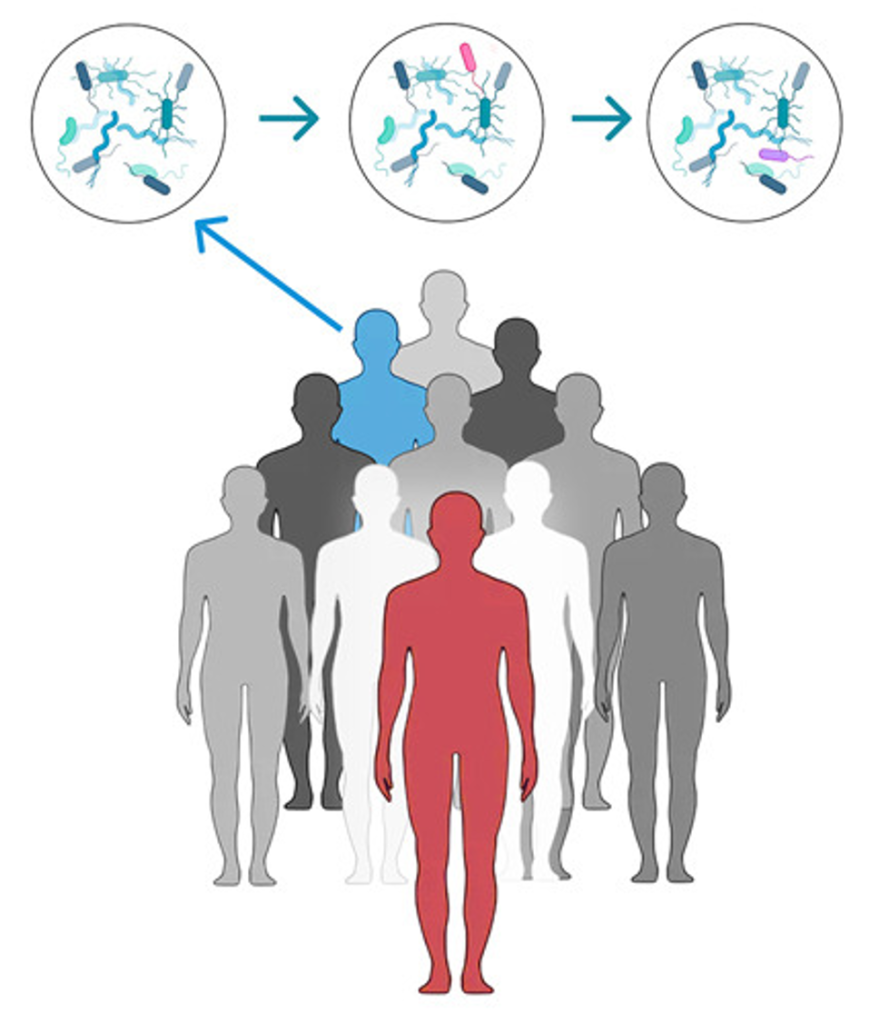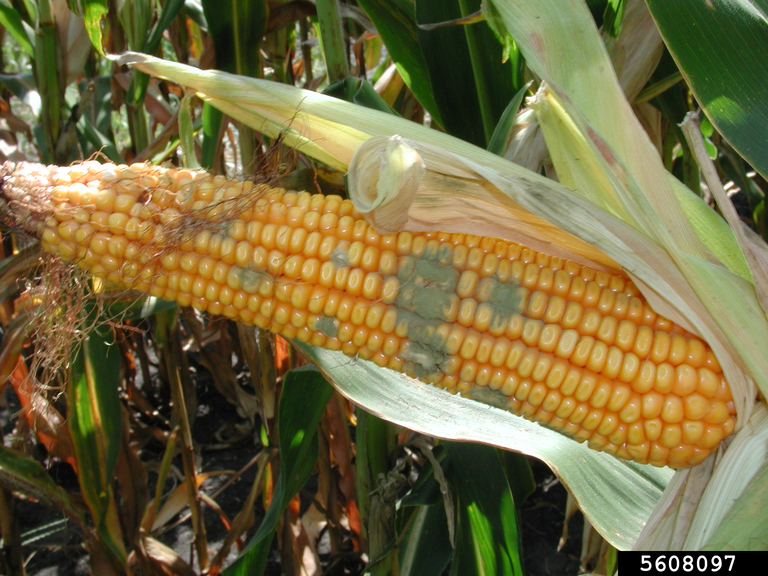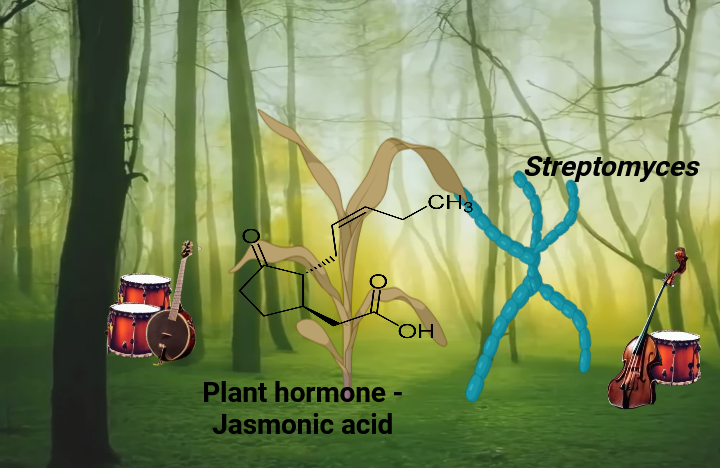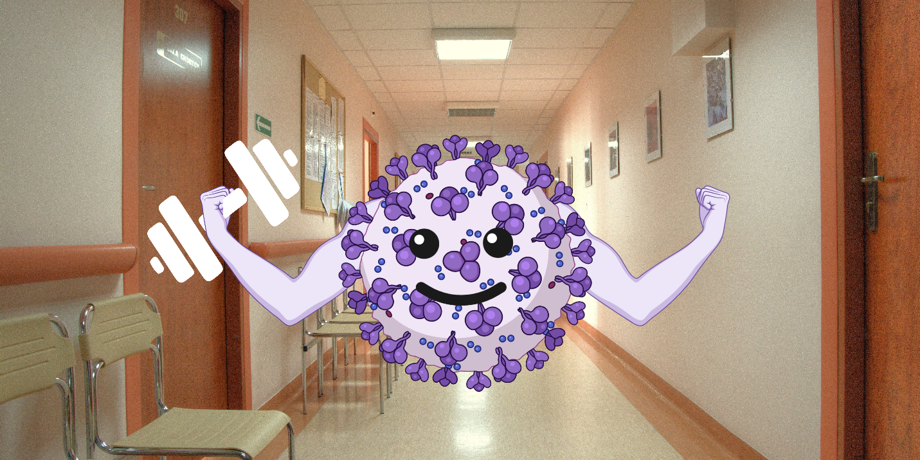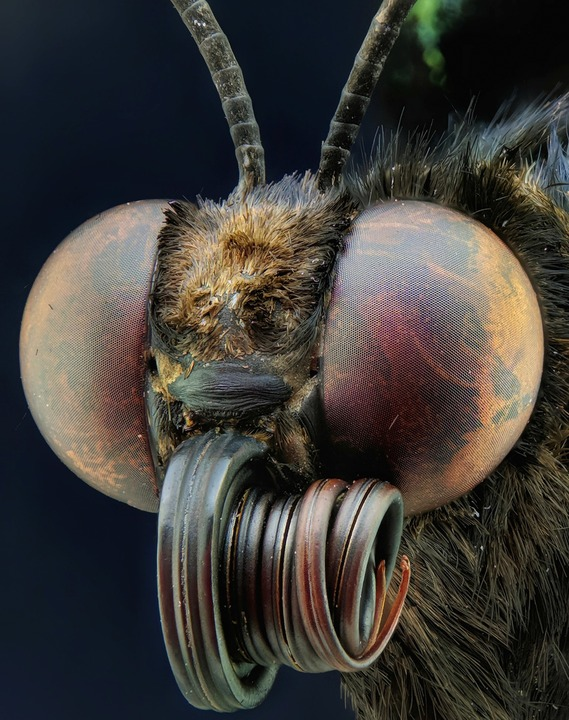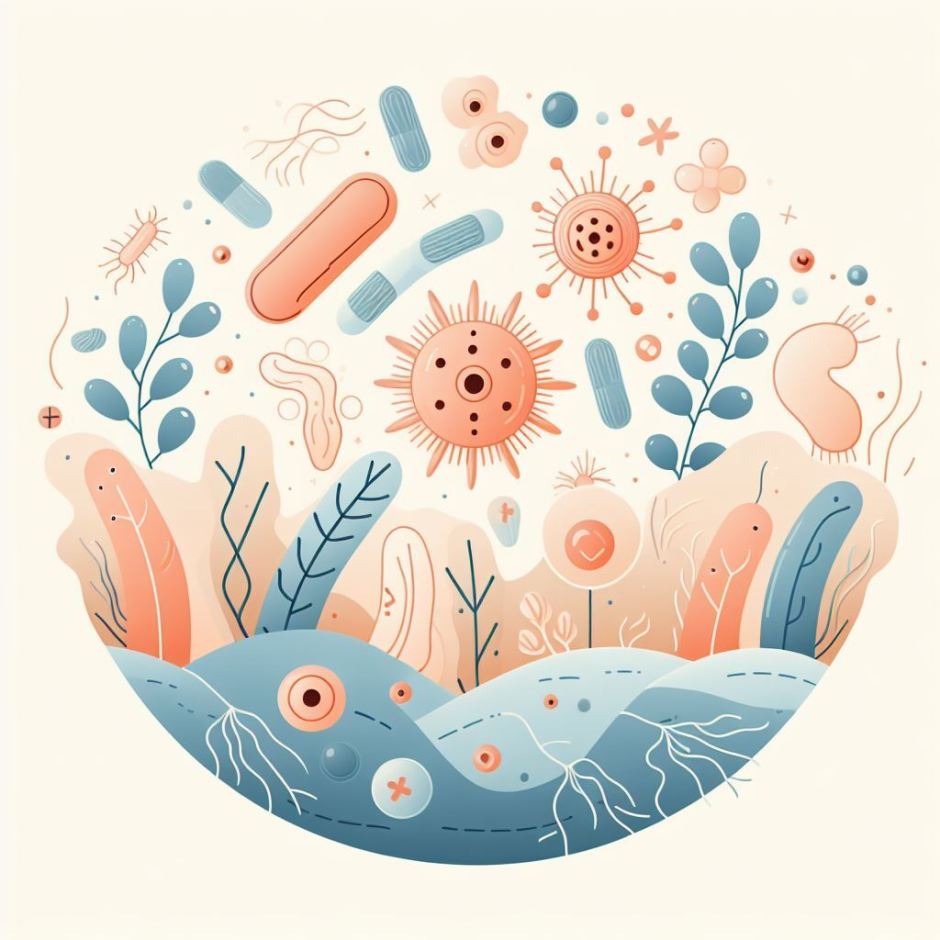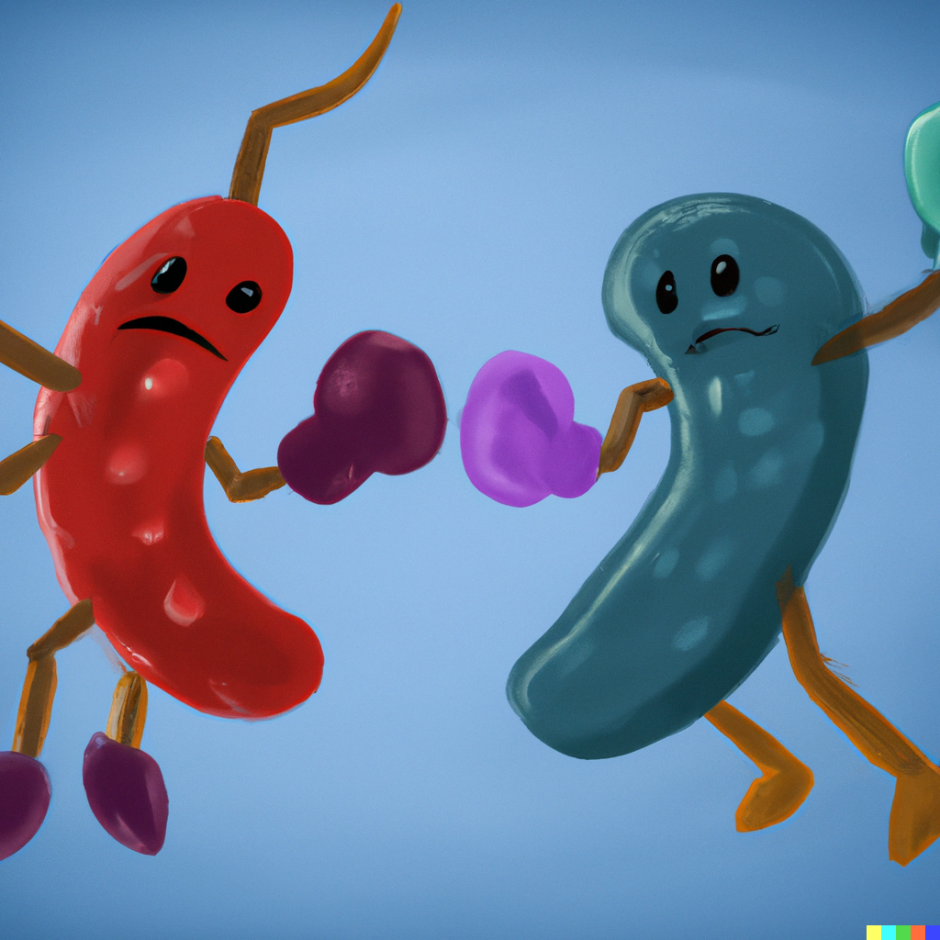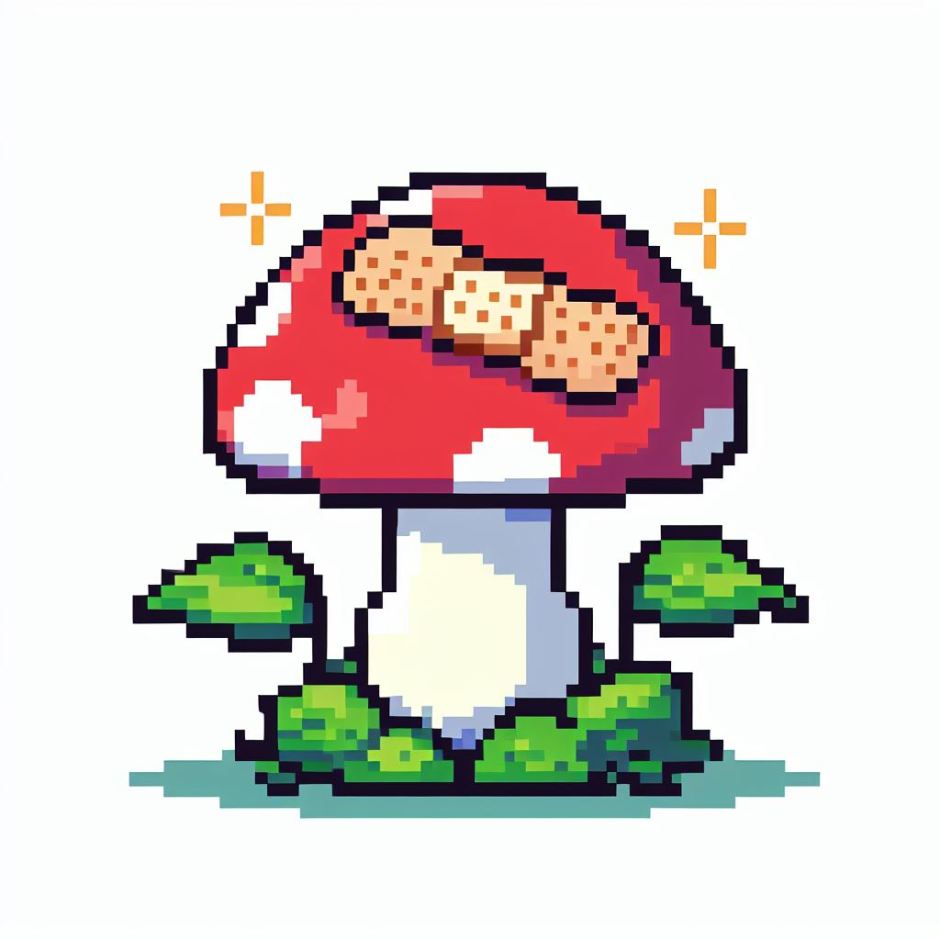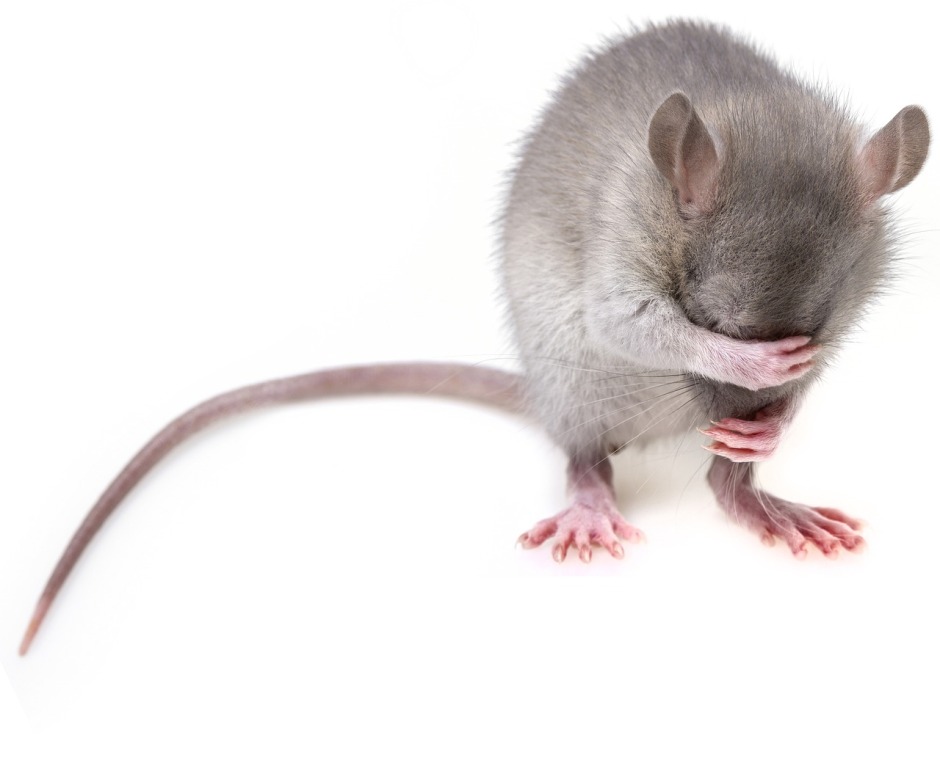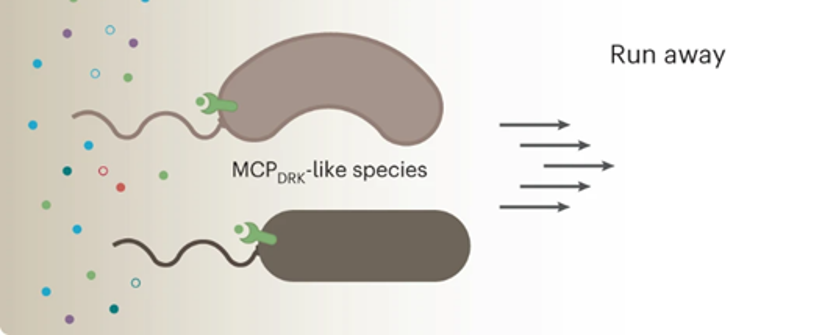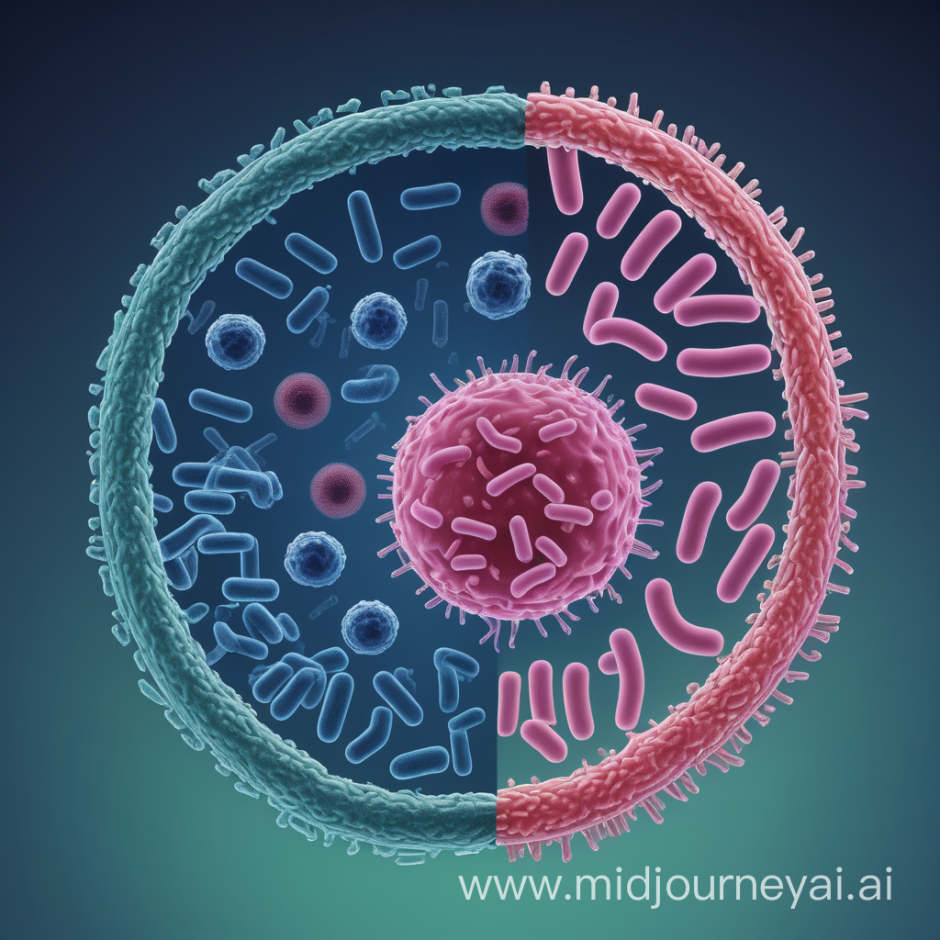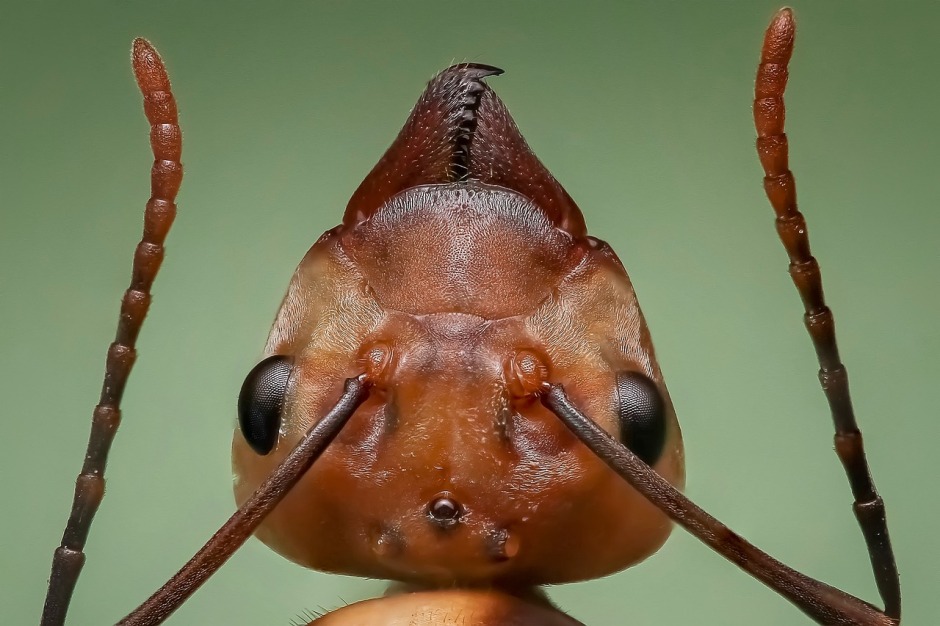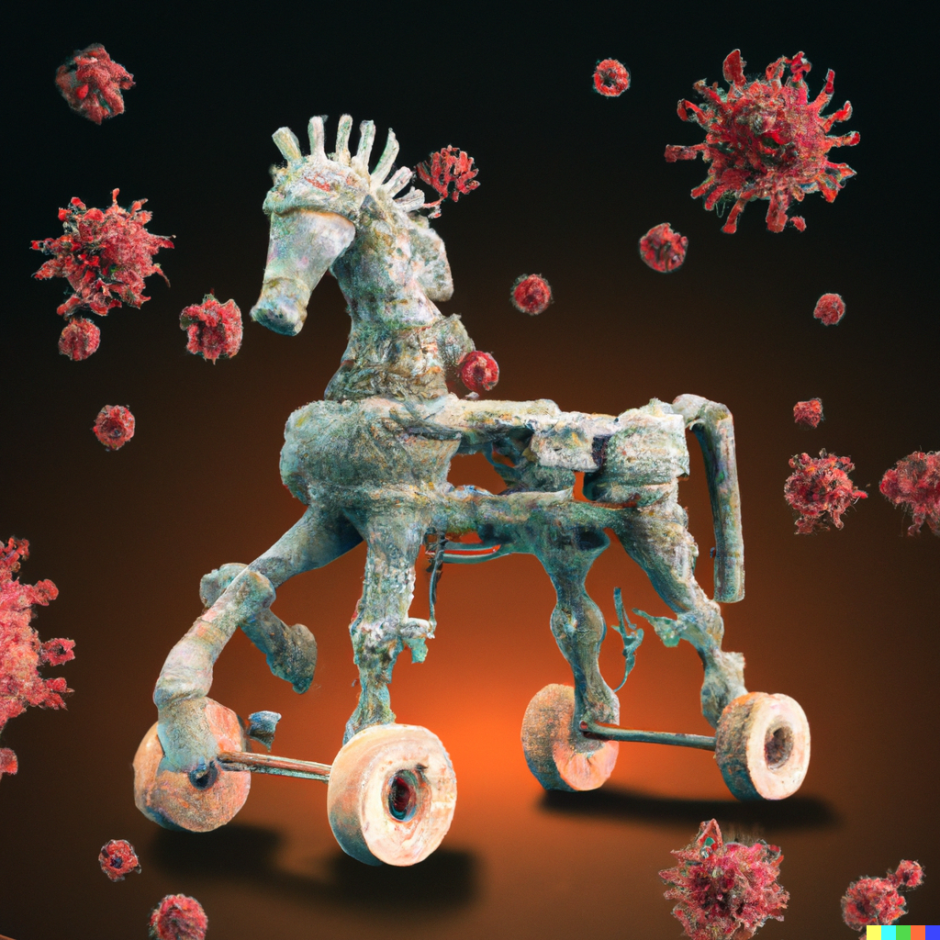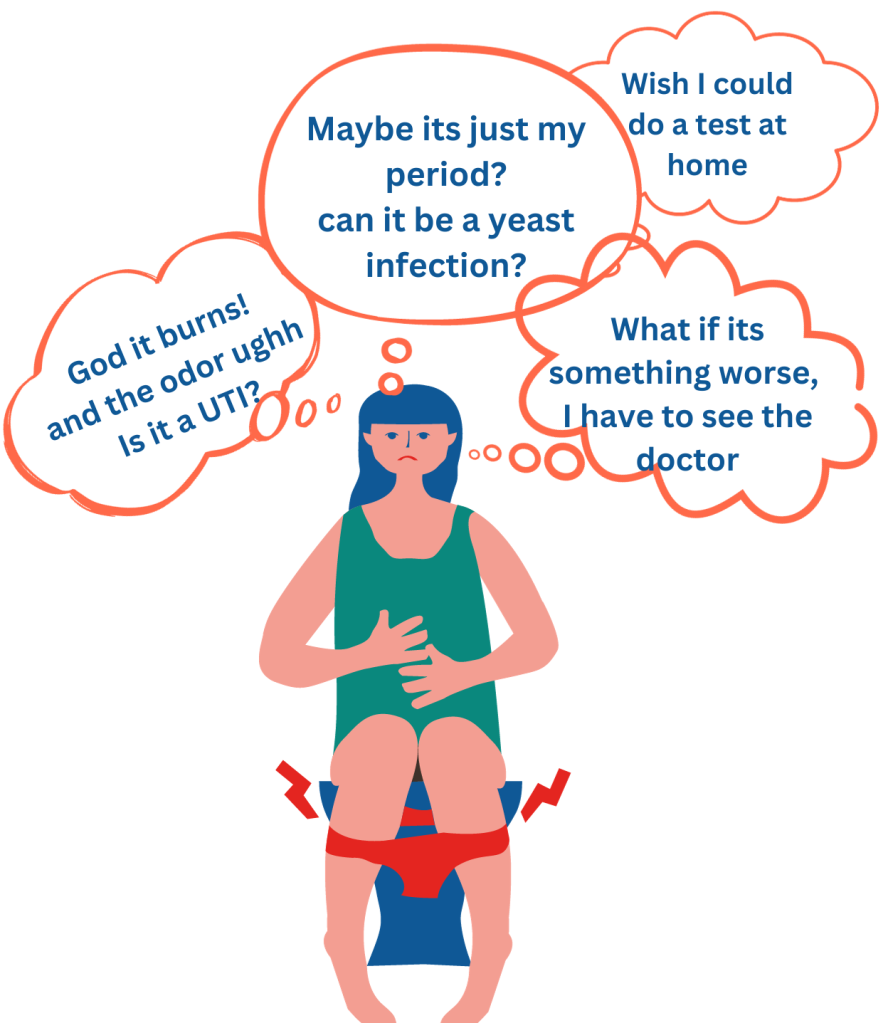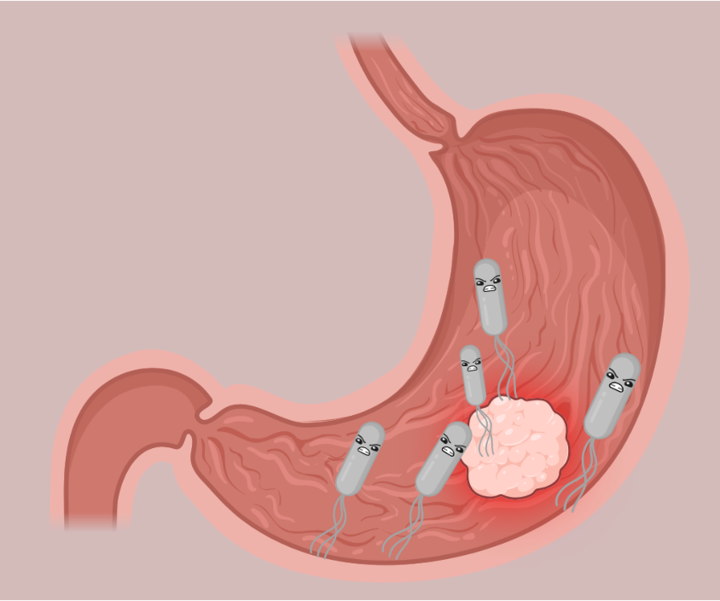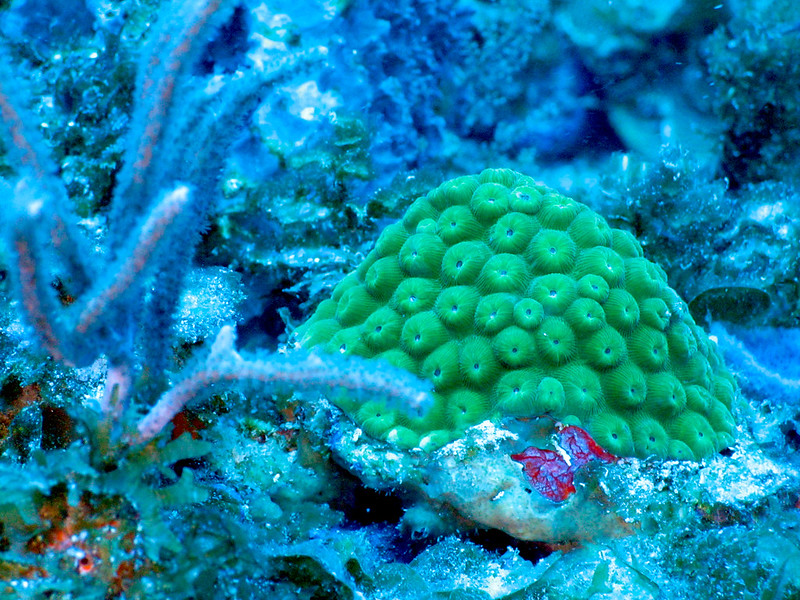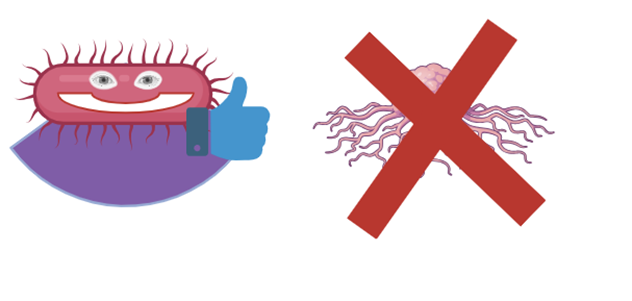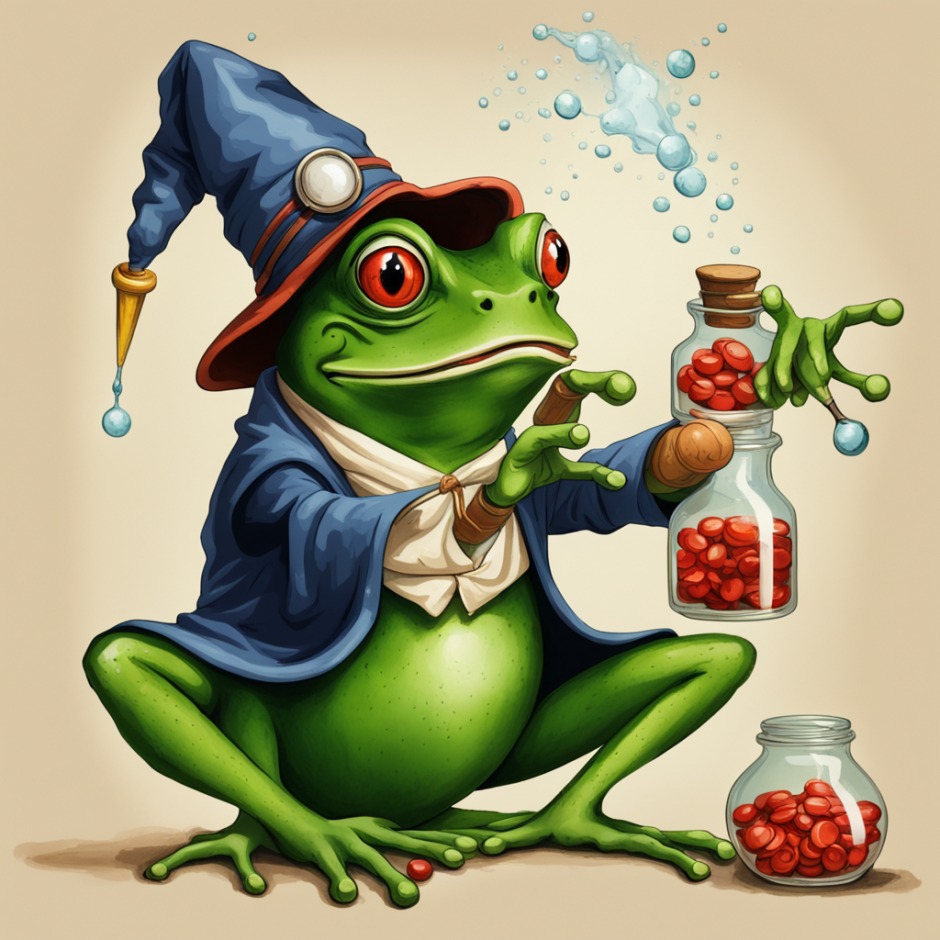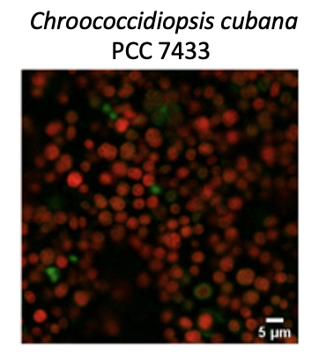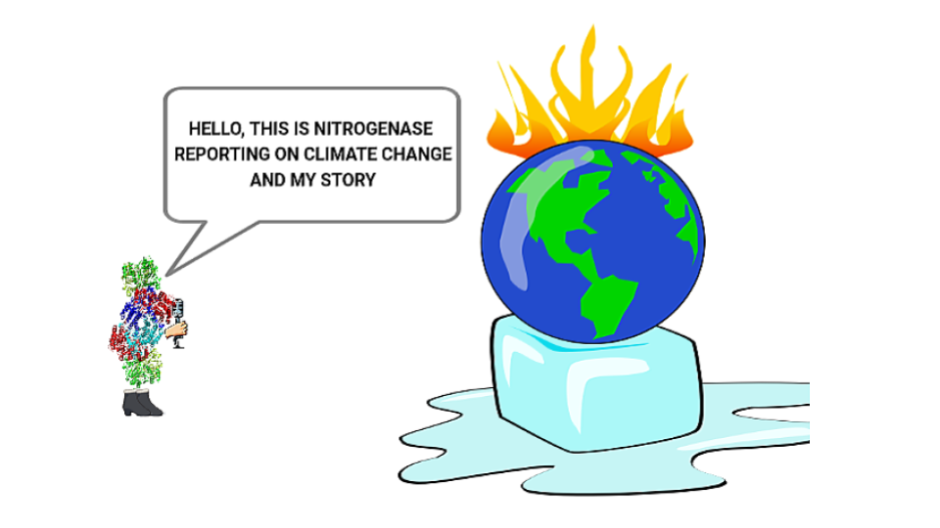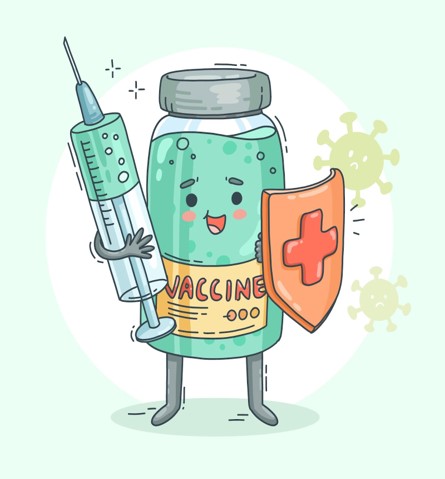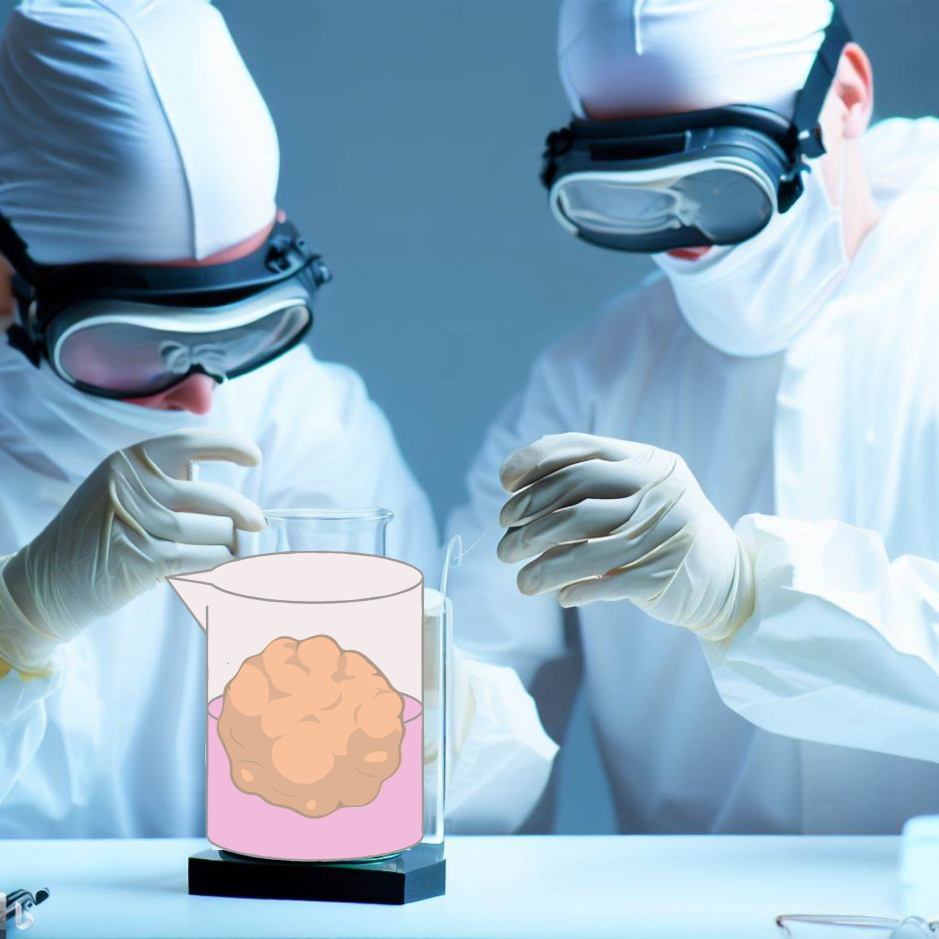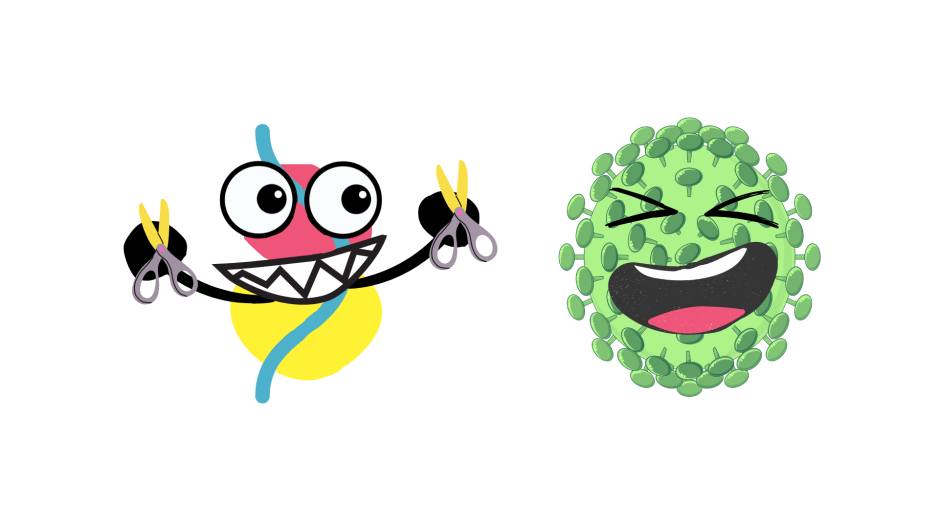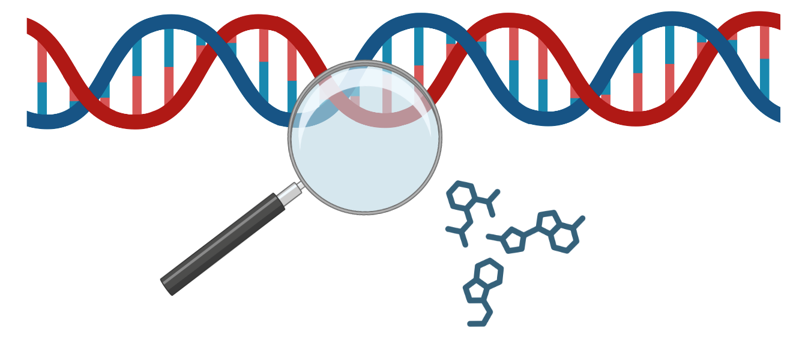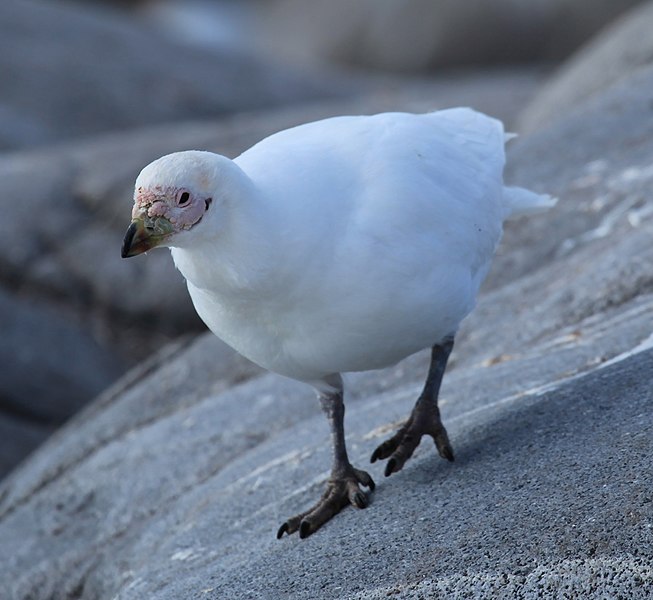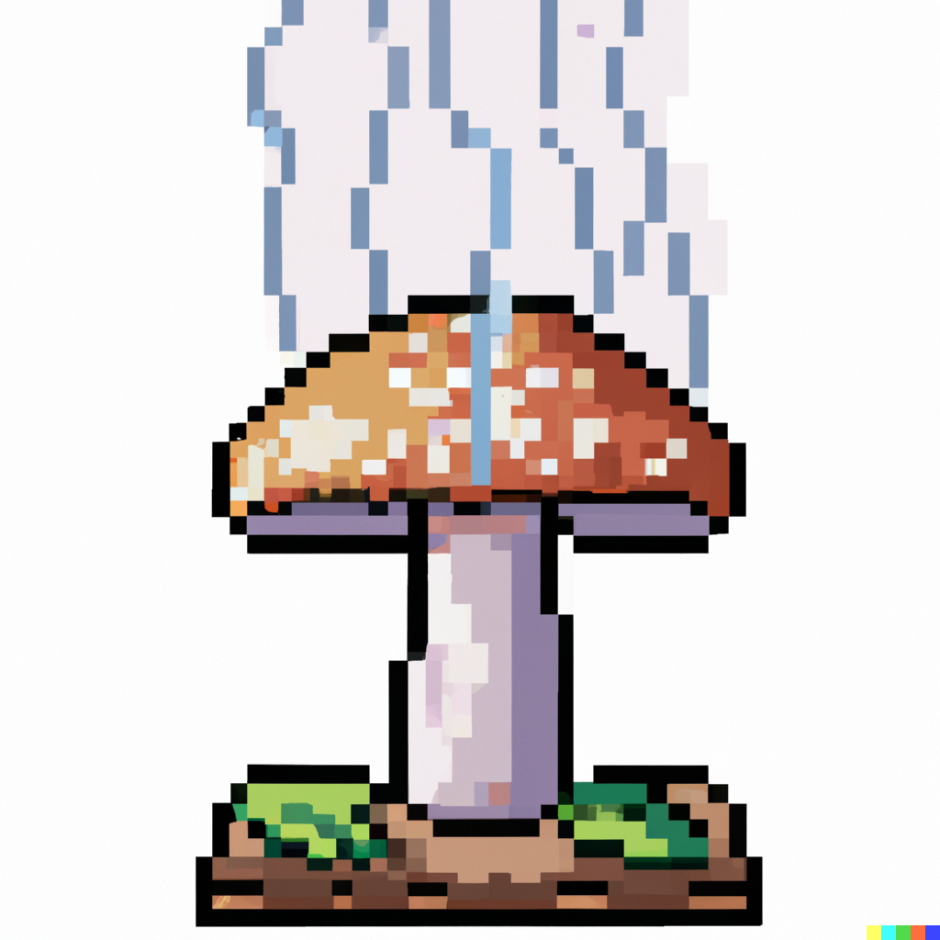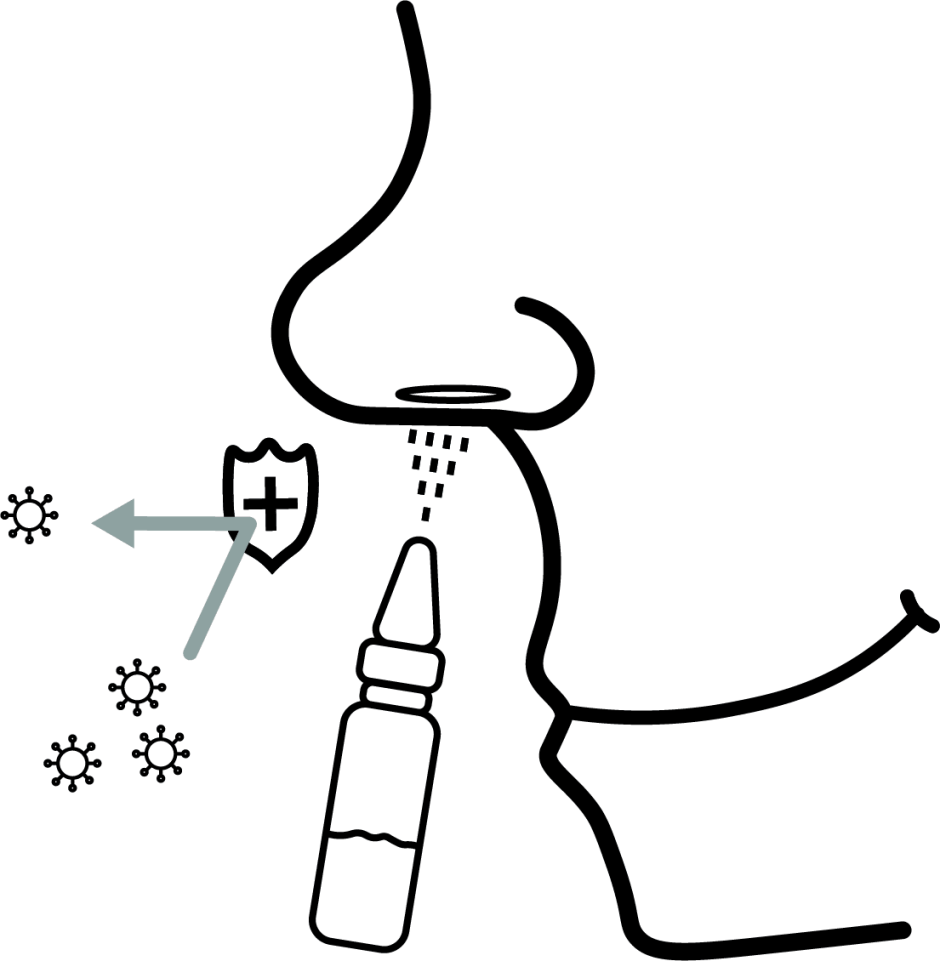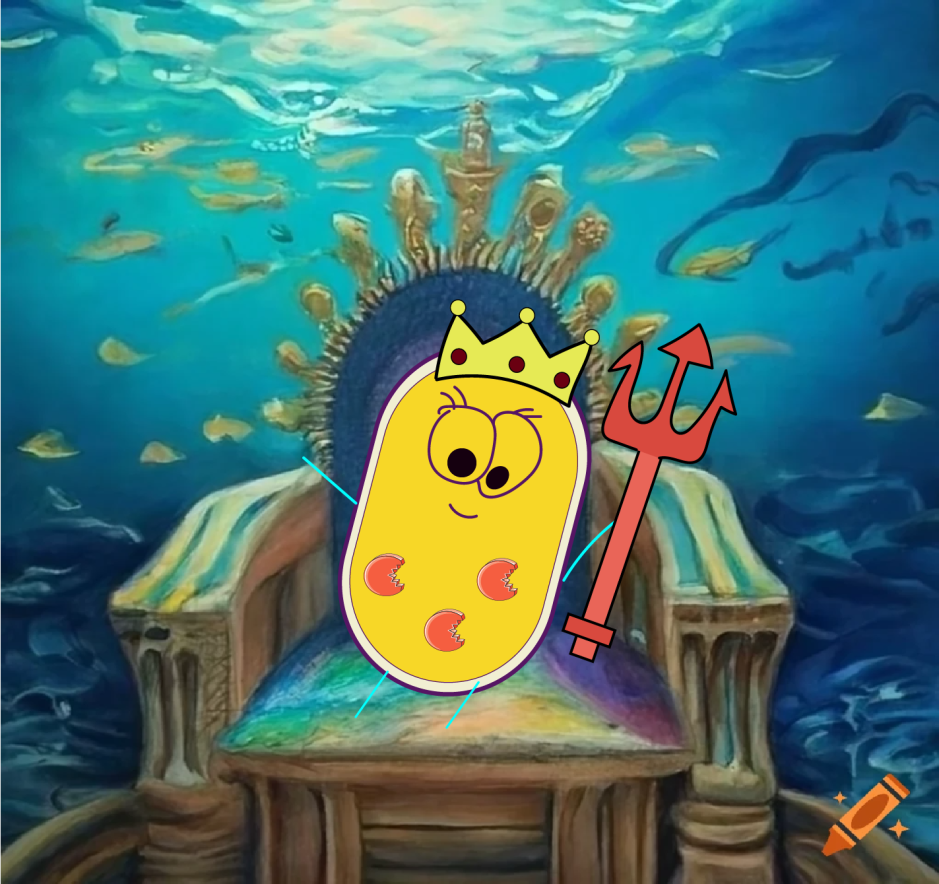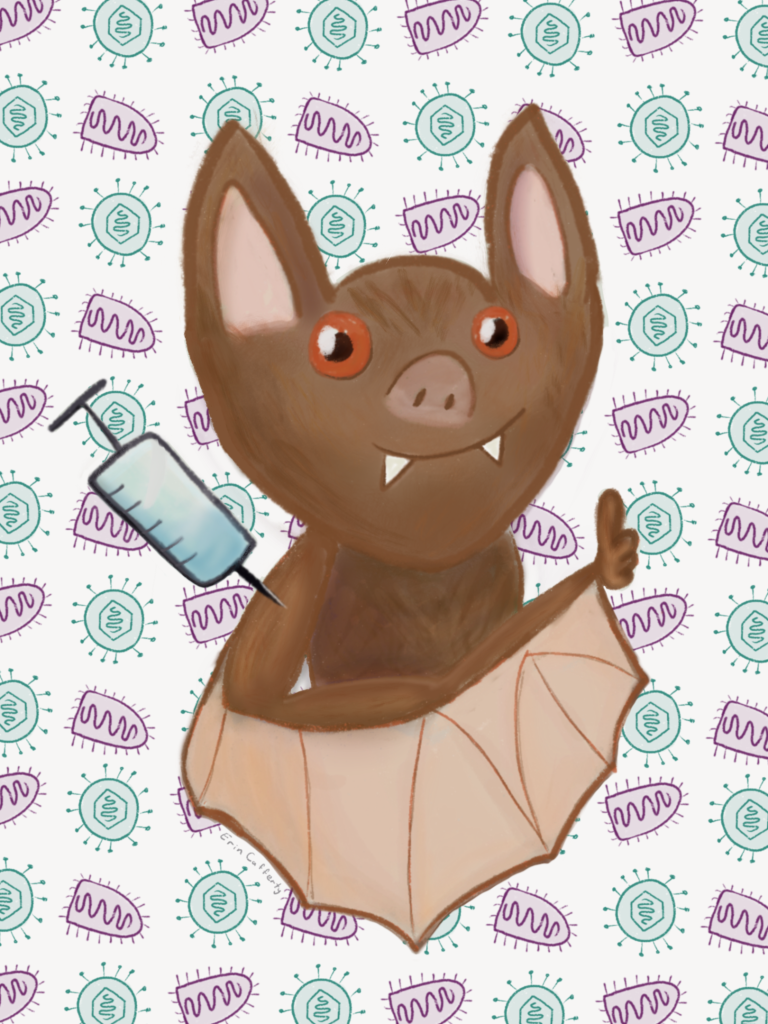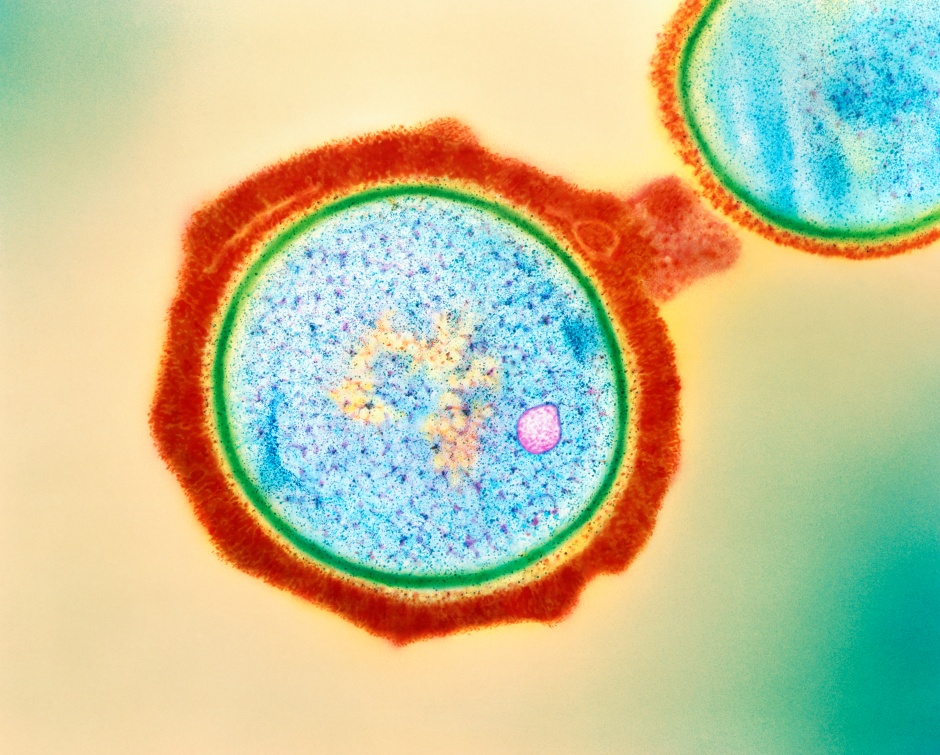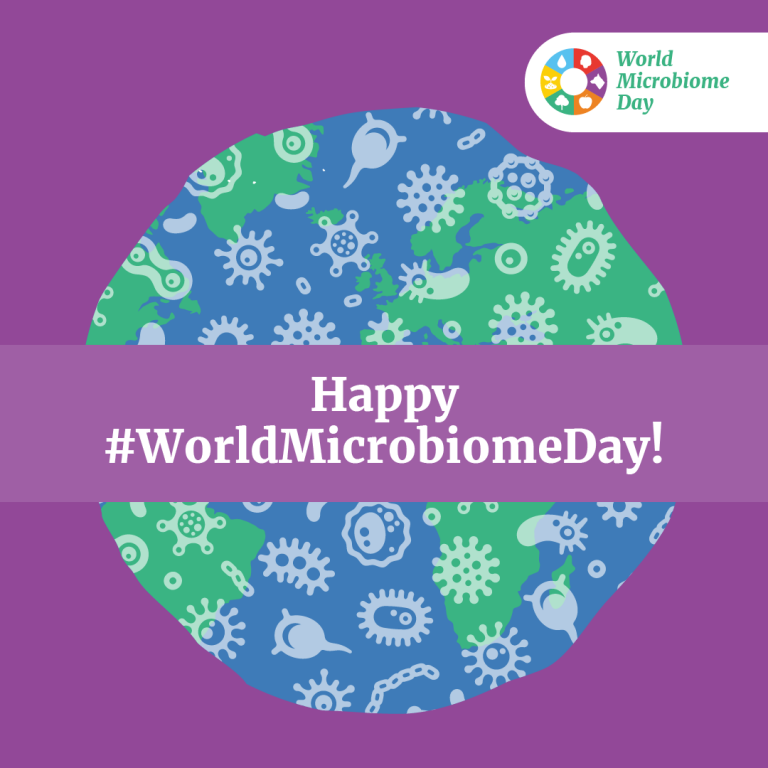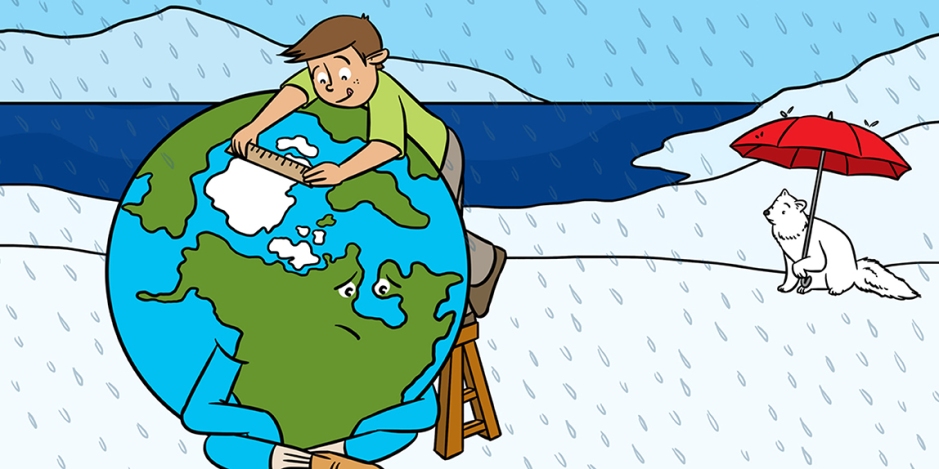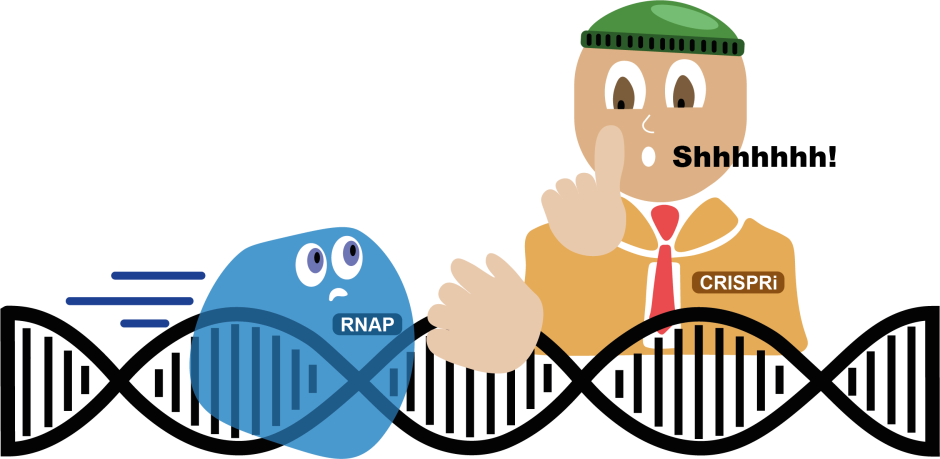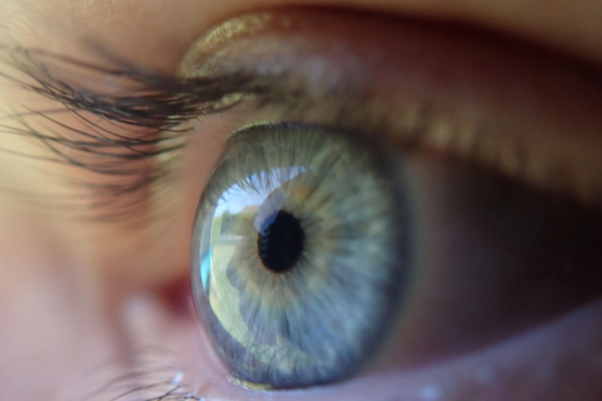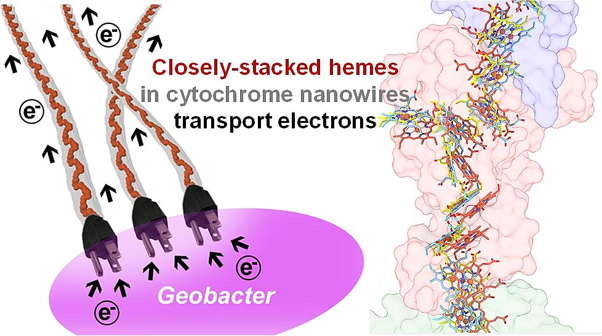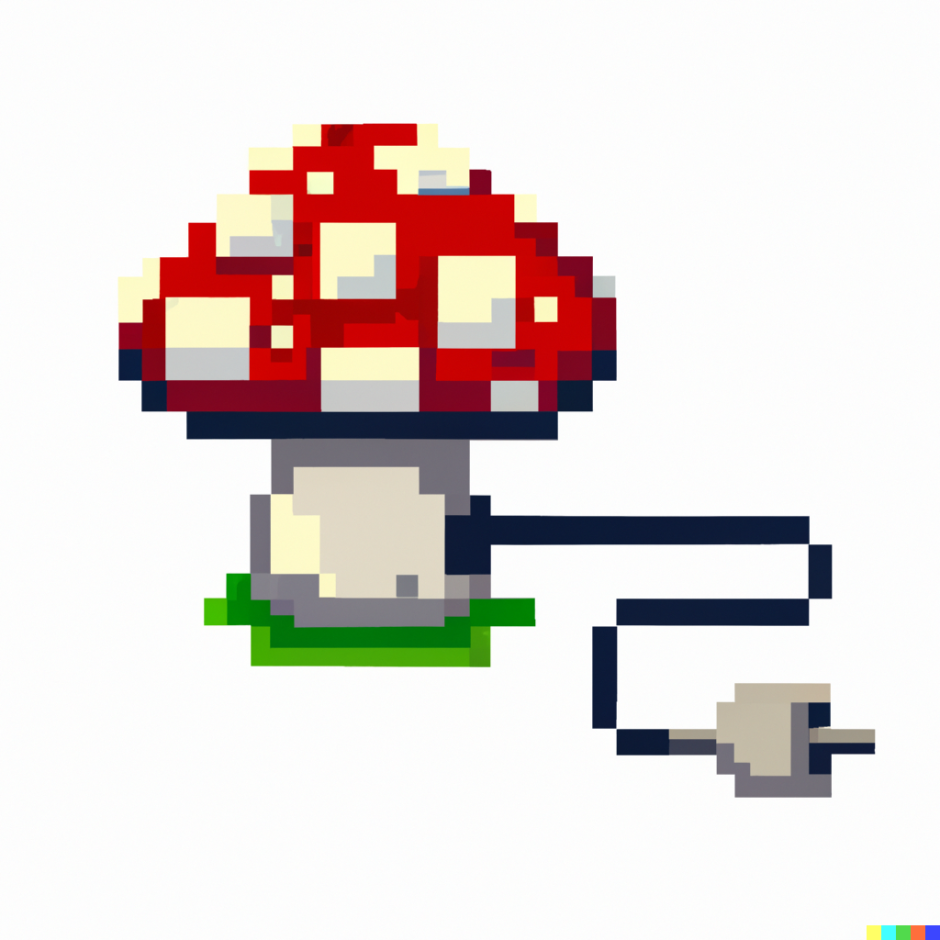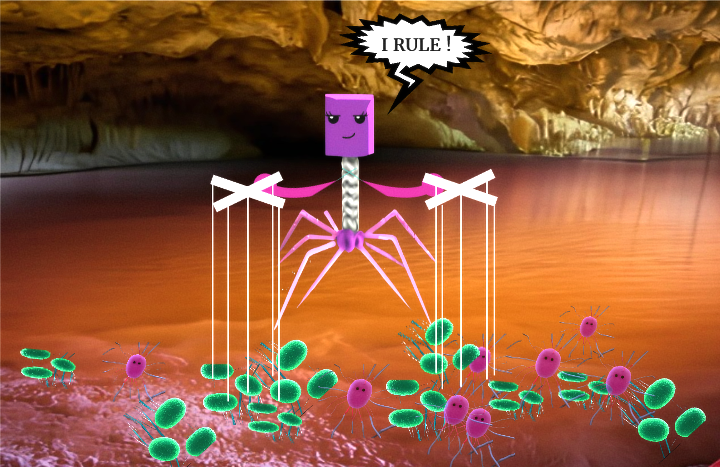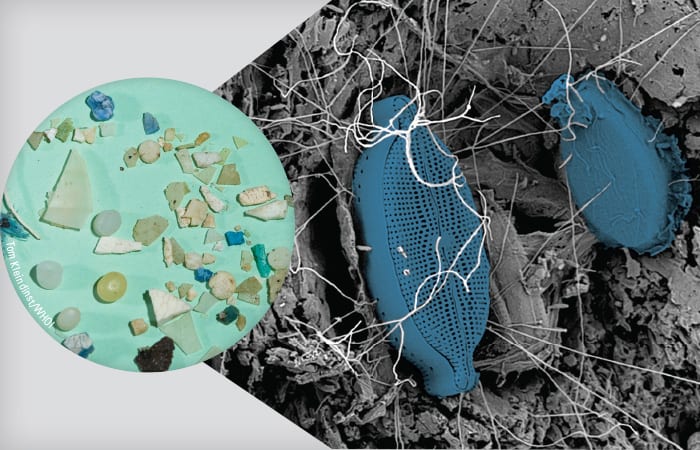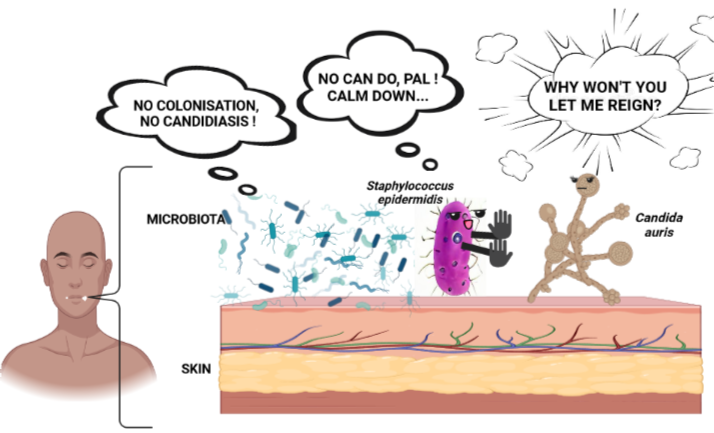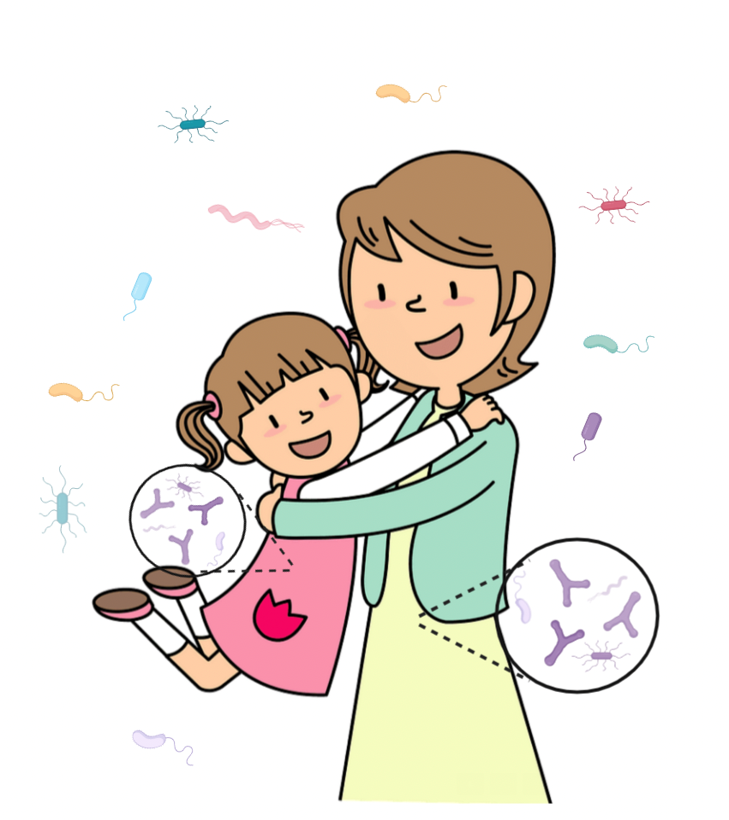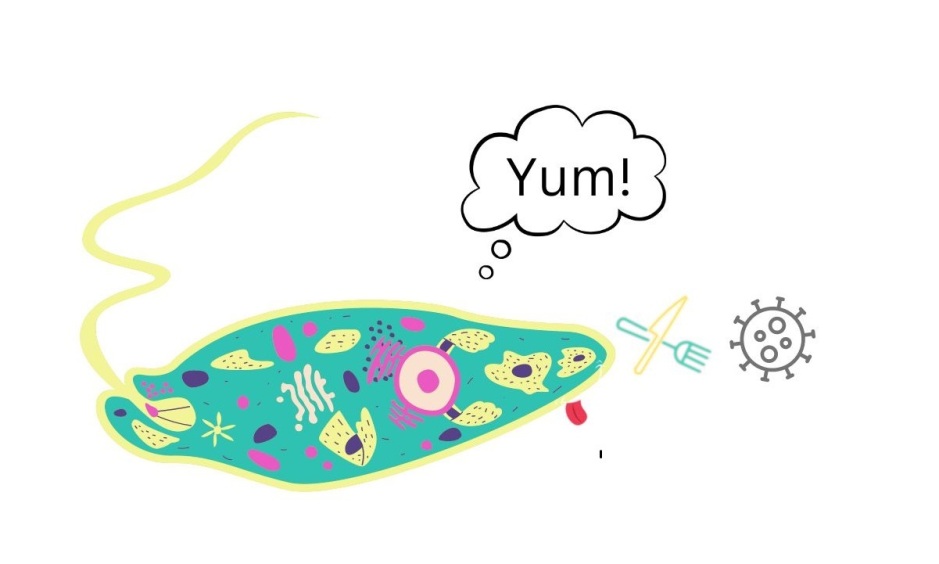
Breaking down the microbiology world one bite at a time
Clingy Yeast: Perks of being tenacious
Ever heard of Chipko andolan movement? Back in the 1970s, people from rural north India clung to the trees throughout the Indian Himalayan region to stop commercial logging activities. Following the movement, the government banned commercial logging in many regions. Besides the ban, a long-lasting impact was the deployment of investigations into deforestation and the reduction in mining activities throughout the region. Huh! Who knew that a simple act of clinging to trees can bring such a positive change!!
Did you know that microbes can also become clingy, but the long-lasting impact of these tenacious microbes may not be so positive always, at least, as shown by a recent study?
Microbial evolution impacts human lives
Microbial evolution within their native or altered surrounding environment can have a potentially detrimental effect on human lives. A recent example is COVID-19: a virus that accidentally jumped from bats to humans and caused havoc. This switching of host could have happened to any microbe. Most of the microbes are limited to their native habitats. With changing environmental cues ranging from something as complex as melting permafrost to as simple as the use of non-biodegradable materials for food packaging, it is not unimaginable that microbes leave their native habitats and evolve to better/worse versions of themselves adapting to their changed habitats.
A recent study explored one such possible scenario by experimentally mimicking the adherence of yeast cells to plastic beads. These yeast cells were derived from human clinical samples. The researchers’ argument was centred around the fact that microbes may evolve in an environment devoid of a living host and turn pathogenic to certain hosts, even though the evolution has not happened in the presence of the host. Such an evolution is based on the selection of beneficial traits. In evolutionary biology, ‘selection’ happens when certain evolved genes/traits/phenotypes help the organisms replicate or survive better in a certain environment, thus leading to evolved microbes. In the case of this study, several beneficial phenotypes were selected while the yeast adhered to plastic. These traits include increased ability to stick to the plastic, formation of organised clumps on solid surfaces (biofilms) and liquid (floating mats or flor). The researchers also found that the yeast with increased biofilm/flor-formation and clinging capacity were pathogenic in the larvae of greater wax moth (see fun fact!).
Clingy yeast becomes more clingy!
The researchers conducted experimental evolution experiments, cultivating yeast for 400 generations in glass tubes containing a plastic bead each. For every generation, only the yeast cells that stick to the plastic bead were transferred to a new glass tube for further cultivation. For comparison, the researchers also cultivated yeast in glass tubes without any plastic beads (control). They collected samples from evolved yeast populations throughout 400 generations at multiple time points. At the end of the experiment, they tested if the evolved population is sticking better to the plastic. They grew non-evolved and evolved yeast cells in small plates with multiple openings (wells). Once the yeast grew fully, the researchers removed the cultures, rinsed the plates and let them dry for some time. After this, the researchers measured the fluorescence of the remaining yeast cells attached to the bottom of the wells (see fun fact!) and found that over time the evolved yeast increased their capacity to stick to the plastic wells.
Clingy yeast forms ‘films’
The researchers grew the control (non-evolved and evolved), plastic-sticking (non-evolved and evolved) yeast cells on solid agar media and liquid media to calculate whether the cells can develop organized clumps (‘films’) on both solid (biofilms) and liquid (flor) surfaces. By scoring the colony morphology from 0 to 5 on solid agar (0 for simple colonies and 5 for granular non-smooth appearance), the researchers were able to establish that the evolved tenacious yeast cells possess an increased ability to form biofilms compared to the non-evolved, non-tenacious as well as all control yeast cells. Similarly, for liquid media, the flor formation was scored 0 for simple mat formation and 5 for complex mat formation on the liquid surface and here again tenacious yeast scored more than non-tenacious ones.
Clingy yeast becomes virulent!
Finally, the researchers wanted to know whether the clingy, ‘filmy’ yeast is also more virulent. But there was a caveat! They noticed that some of this evolved yeast also formed pseudohyphae, which is a multicellular filamentous growth (a sort of progressive budding in one direction). The pseudohyphae development was not dependent on the increased clinginess and biofilm/flor-forming capability, but rather on the limited availability of nitrogen. The researchers described the occurrence of all three phenotypes (clingy, filmy, filamenty!) as hyper-multicellularity, though this does not mean that yeast possessing all three had the highest values for any of the three phenotypes. They just possessed a little bit of all!

Next, the researchers sought after the virulence of this hyper-multicellular yeast against the ones that possessed none or few of these phenotypes (non-multicellular). The researchers injected wax moth larvae with both types of yeast and monitored their growth for 7 days. They observed that larvae injected with hyper-multicellular yeast were almost 30% more likely to die than those injected with a non-multicellular type.
Cautious interpretation!
It is not clear if clinging to plastic or any other kind of surface generally makes yeast more harmful. For bacteria, the outcomes vary. For instance, in Burkholderia cenocepacia, clinging to plastic beads increased the biofilm morphology and caused mutations linked to long-term infections. Whereas, when Pseudomonas aeruginosa bacterial cells clung to beads, it resulted in fewer biofilm layers but increased resistance to antibiotics, similar to changes seen in long-term infections. Whether the same can be said for yeast, has not been confirmed.
Besides, another factor in this study was that the yeast strains were taken from human clinical samples, which might mean that the virulence phenotype was not entirely unexpected to begin with. However, in conclusion, what this study tells us is that changing environmental conditions, (for instance, increasing incidence of microplastics or the closing gap between human body temperature and the surrounding environment), can create selective pressure on microbial populations to evolve towards detrimental phenotypes. And we as humans, need to be aware and prepared!
Link to the original post: Luke I Ekdahl, Juliana A Salcedo, Matthew M Dungan, Despina V Mason, Dulguun Myagmarsuren, Helen A Murphy (2023) Selection on plastic adherence leads to hyper-multicellular strains and incidental virulence in the budding yeast eLife 12:e81056. https://doi.org/10.7554/eLife.81056
Featured image: Image created by the author in adobe illustrator and deepai.org




